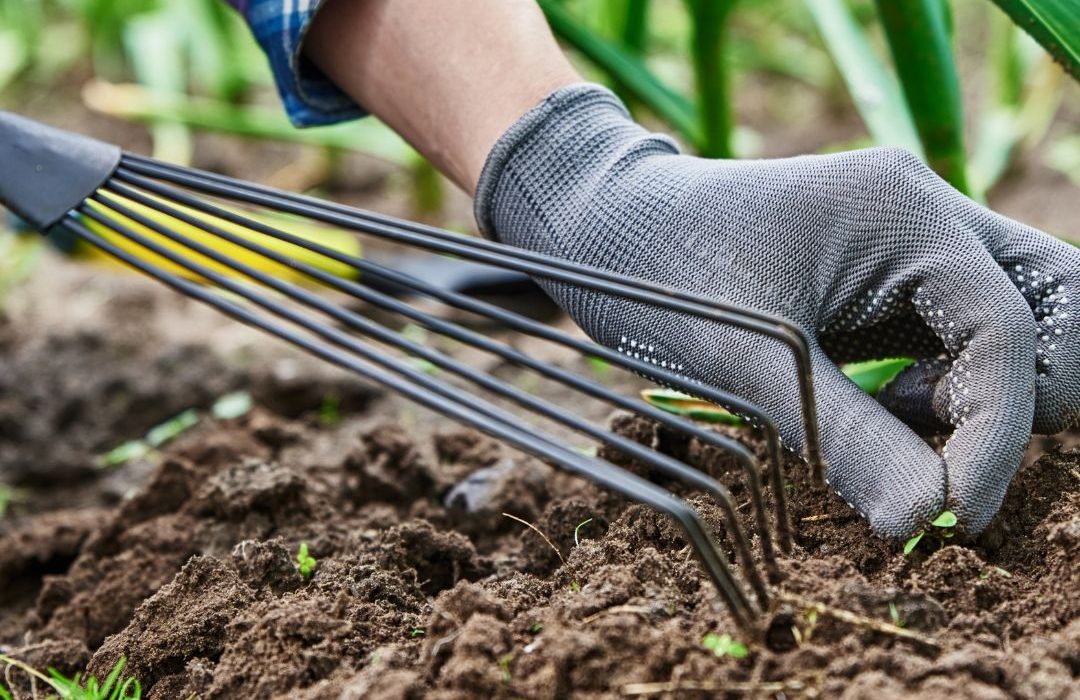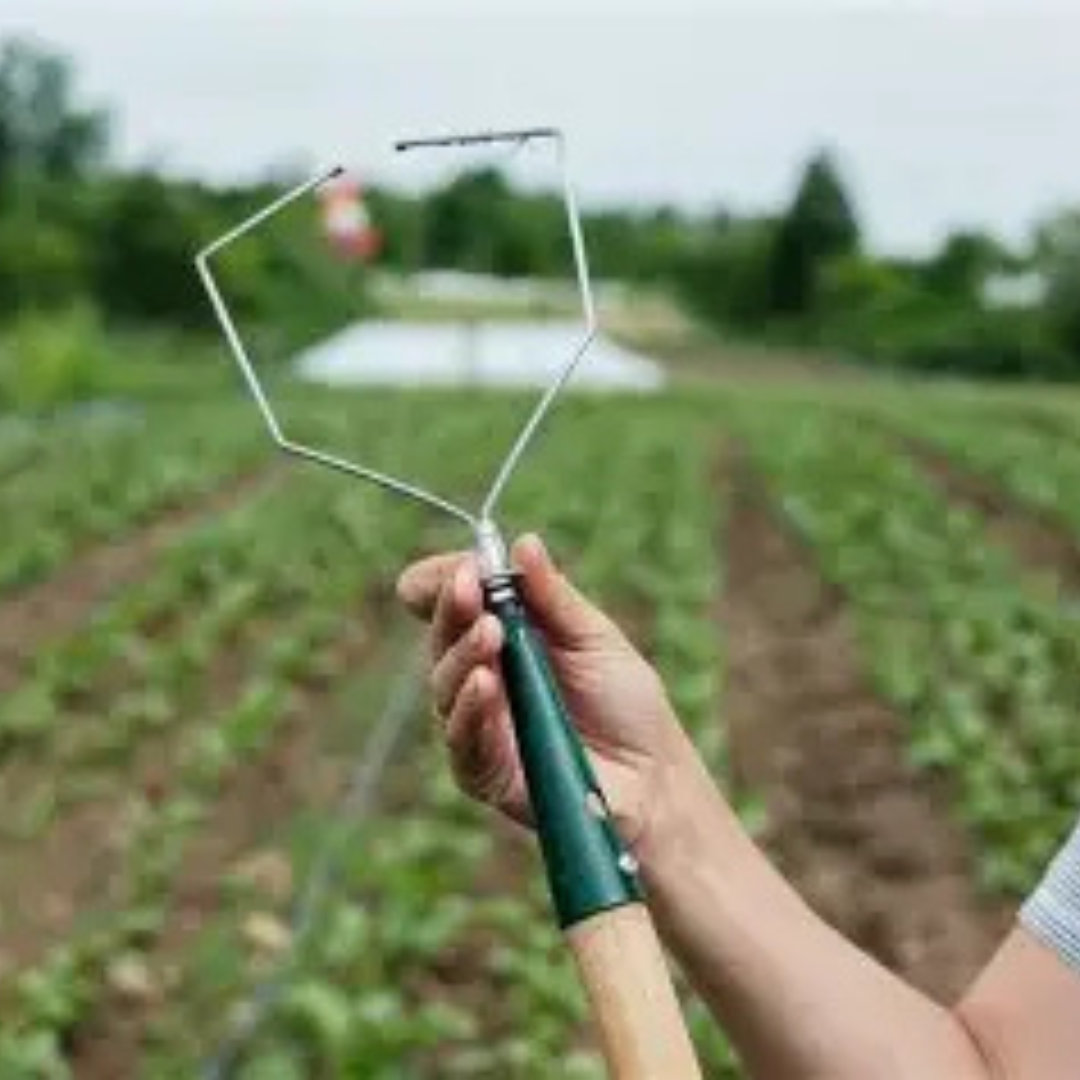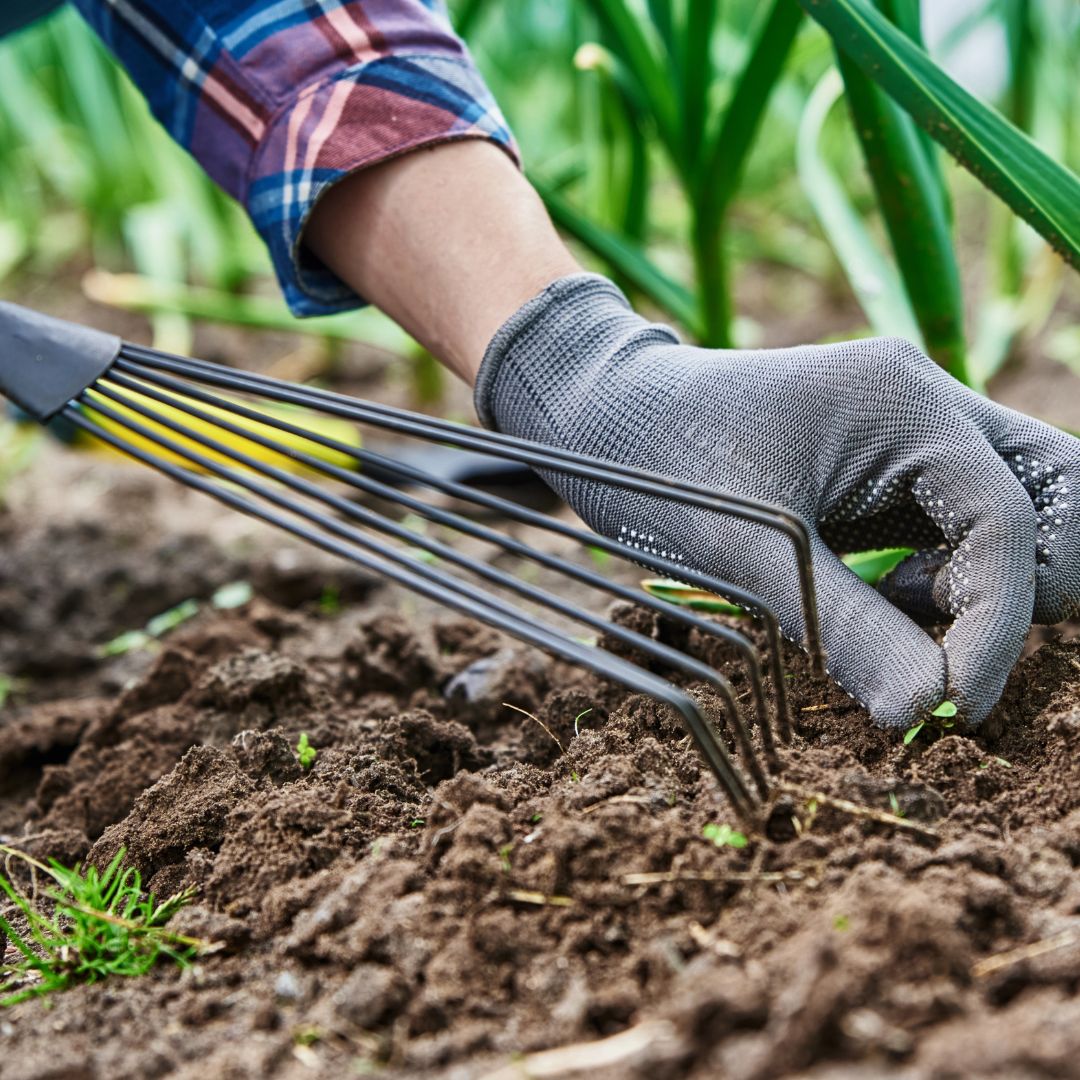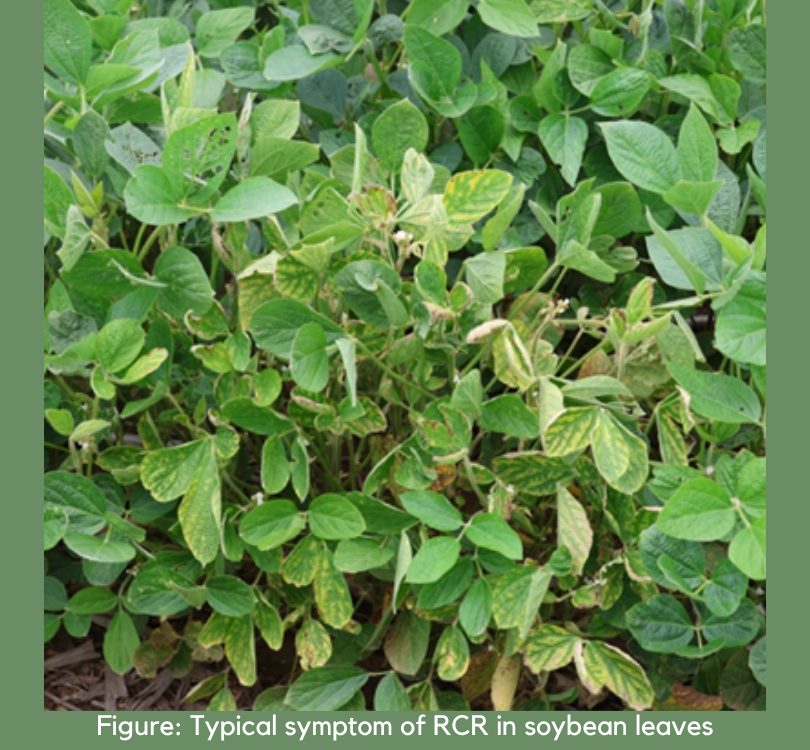
Conference Recap
April 16, 2025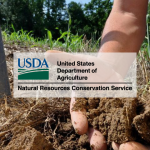
EQIP vs CSP: Which USDA Conservation Program Is Right for You?
June 2, 2025Tackling Weeds Organically: Farmer-Tested Tools and Strategies from the Field
Weeds are a constant companion on every farm—but that doesn’t mean they need to win. During a recent The Farm Gate Journal webinar hosted by Missouri Organic Association (MOA), four experienced farmers came together to share their best strategies for managing weeds without synthetic herbicides. The panelists—Tom from Fair Share Farm, Katie from Greengate Family Farm, Clint from Columbia Center for Urban Agriculture , and Kevin from Springfield Community Gardens—offered a wealth of knowledge drawn from decades of organic and regenerative farming.
Here are some of the top tools and techniques they use—and their insights on what really works in the field.
1. Prevention Is the First Line of Defense
Across the board, the panel emphasized prevention as the foundation of successful weed management. That means avoiding bare soil, minimizing disturbance, and ensuring crops don't go to seed.
Kevin shared how his farm staff record weed observations on harvest sheets, helping track problem areas and giving the whole team ownership over weed management. Clint echoed this approach with a simple, three-step mantra: prevent, hoe in time, hand weed as a last resort.
2. Smart Use of Cover Crops
Cover crops aren't just for soil health—they’re a powerful weed suppression tool when managed well. Here’s how different farmers are using them:
-
Sorghum Sudan grass: Clint reported success using this dense summer cover to suppress Bermuda grass.
-
Cereal rye with legumes: Kevin mixes rye with hairy vetch or field peas for winter cover, boosting soil fertility while smothering weeds.
-
Buckwheat: A quick-growing option Clint uses to fill summer planting gaps and outcompete weeds.
-
Roller crimpers and flail mowers: While Thomas found that roller crimping rye and vetch wasn’t effective on his land, others highlighted flail mowing as a preferred method for terminating cover crops and creating residue mulch.
3. Mulching, Intercropping, and Constant Planting
Mulch came up again and again as a top tactic—whether it’s fabric, cardboard, or organic residue from cover crops. But the panel emphasized that mulch needs to be thicker than you think for best results.
Thomas also shared an unexpected weed-fighter: chickens. Rotating a portable coop across weedy areas can help scratch down unwanted growth between crops.
Katie noted that keeping beds constantly planted, even with quick cover crops, makes a huge difference. Intercropping and avoiding large gaps in the field reduce weed opportunities.
4. Tools of the Trade
From traditional hand tools to more modern implements, here’s what the panel recommends:
-
Wire weeders – praised for their precision and usefulness between delicate seedlings.
-
Flame weeders and occultation (tarping) – used by Kevin for stale seedbed preparation.
-
Stale seed beds – Thomas recommends preparing beds, watering to germinate weeds, and then shallowly disturbing the soil before planting crops.
Though no herbicides are used on these farms, the toolbox is still full—and often more effective when paired with planning and observation.
5. Weed Ecology and Learning from the Land
Understanding what weeds are telling you about your soil can be a game-changer. Thomas and Katie both referenced the book "What Weeds Tell You" as a valuable guide to interpreting weed patterns as clues to soil conditions like compaction, pH imbalance, or fertility gaps.
6. Farmer-Led Research, NRCS Support, and Community Resources
A major takeaway? Weed management is a long game—and farmers benefit from working together. Katie suggested more farmer-led research projects and on-farm trials.
In addition, farmers can turn to the USDA’s Natural Resources Conservation Service (NRCS) for technical and financial assistance with weed management through a variety of conservation programs:
-
EQIP (Environmental Quality Incentives Program): EQIP supports practices like cover cropping, mulching, reduced tillage, and pest management, many of which directly reduce weed pressure.
-
CSP (Conservation Stewardship Program): CSP rewards ongoing conservation efforts and encourages enhancements, such as using cover crop mixes for weed suppression or planting pollinator habitat that can outcompete weeds.
-
Conservation Planning Activities (CPAs): NRCS offers technical assistance to create detailed conservation plans tailored to your farm—including strategies for integrated weed management.
-
Technical Service Providers (TSPs): For more complex weed-related practices, NRCS can connect farmers with certified TSPs who can design, implement, and evaluate conservation solutions.
MOA is also considering field walks with weed scientists and expanding access to expert support through its new Programs Manager, Dr. Swati Shrestha. Her open office hours are designed to support farmers navigating certification, NRCS applications, and more.
Final Thoughts
There’s no single fix for weeds, but there are plenty of tools, practices, and mindsets that help organic growers keep them in check—while also building soil health and crop resilience. Whether you’re managing a quarter-acre garden or 60 acres of diversified crops, these farmer-tested techniques offer practical, scalable solutions.


